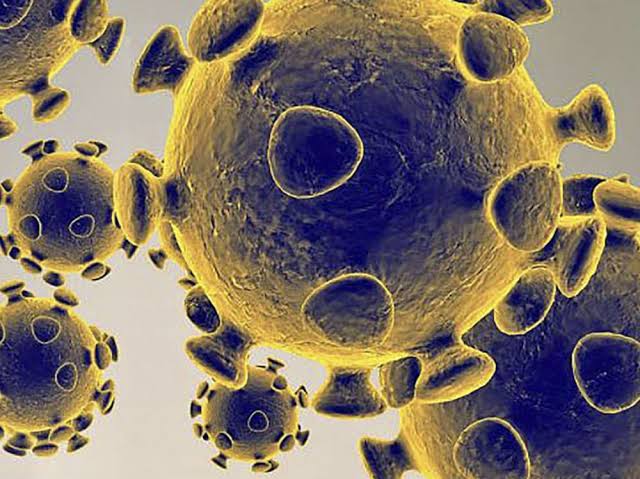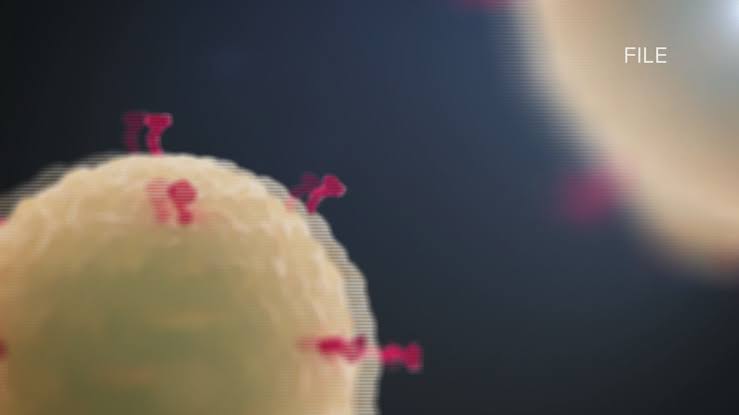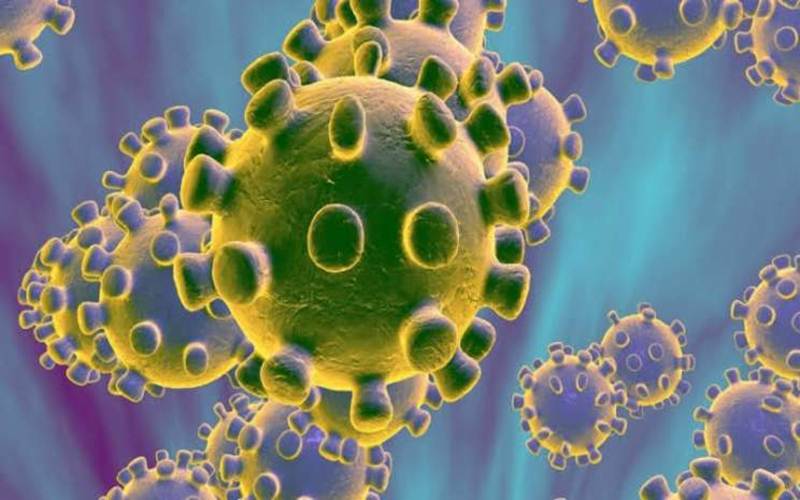Harianjogja.com, JAKARTA -Research on the Corona virus has recently confirmed that it is very resilient and resistant to hot temperatures.
A team of researchers in Hungary attempted to carry out a study by pinching the coronavirus with a fine needle to measure how much force it would take before it erupted like a balloon. It didn’t happen.
The original virion Sars-CoV-2 complete virus particle was only about 80 nanometers in size, and the needle tip for the research used was much smaller than that. The tip goes from the top of the virus to the bottom. The virion was pinched, but immediately bounced when the needle was removed.
The researchers repeated the exercise 100 times and the same viral particles remained almost intact.
It’s “very tough,” said a team led by Dr Miklos Kellermayer of Semmelweis University in Budapest in a non-peer-reviewed paper posted on biorxiv.org on Thursday. This was reported by the SCMP.
The new coronavirus continues to surprise scientists with its unique structure. For example, a team from Tsinghua University in Beijing released the most detailed structural reconstruction of the virus in the journal Cell this week with the discovery that the virus can accumulate large amounts of nucleic acid bands carrying extremely dense genetic data.
READ ALSO: Contracted by Market Traders, Nine Kokap Residents Are Positive Covid-19
However, the viruses used in this study and other previous studies were frozen in order to get a sharp and steady shot for the camera.
Kellermayer’s team caught how the virus behaved while alive. They placed virus particles on trays lined with a biological binding agent.
This material can fix the position of the virus. Under a laser-emitting atomic force microscope, scientists play with the virus with needles to see how it responds to various stimuli.
Viruses usually become susceptible after leaving their host. But according to some studies, Sars-CoV-2 can stay on some everyday surfaces such as cupboards for several days.

How it manages to survive environmental disturbances is unclear.
The Hungarian team found the virus barely resisted when the needle tip landed on the surface. As the tip goes further, the holding force peaks and then rapidly diminishes to almost nothing.
Their experimental data suggested Sars-Cov-2 could be the most physically elastic virus known to man so far, and that the repeated deformations did not appear to affect the overall structure and content within the virus either.
“Its mechanical and healing properties alone can ensure adaptation to various environmental conditions,” said Kellermayer and colleagues.
Chinese scientists estimate that Sars-CoV-2 has on its surface 26 spike proteins that can bind to host cells. Researchers at Cambridge University in the UK gave a similar estimate of 24. A study by researchers at the Max Planck Institute in Germany resulted in 40.
Kellermayer said there were 61 spikes in their specimen. This suggests that the variability in viral structures could be greater than expected, they said.

They poked the spike protein with a needle and found that it swung rapidly at a high frequency. Atomic cameras can take more than 300 shots in one second but still only get nail blur.
Such high-speed movement could help the virus more easily find and connect to host cells, according to the researchers.
A study by French scientists in April found that viruses can multiply inside animal cells after being exposed to temperatures of 60 degrees Celsius for an hour. The massive outbreaks in several countries in the northern hemisphere summer also show that high temperatures are not slowing the spread of the pandemic as previously hoped.
Kellermayer and colleagues heated viral particles to 90 degrees for 10 minutes and found that “amazingly, their global appearance changed little.”
Some thorns escaped under the stinging heat, but the whole structure remained intact.
“Virion Sars-CoV-2 displays an unexpected global thermal stability, which is likely related to aerosol and surface stability,” they said.
Source: Bisnis.com
– .


